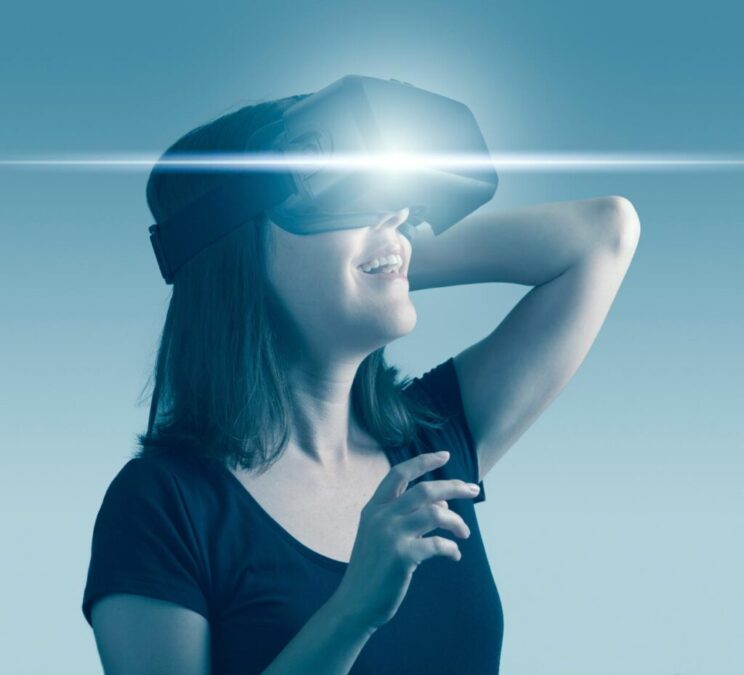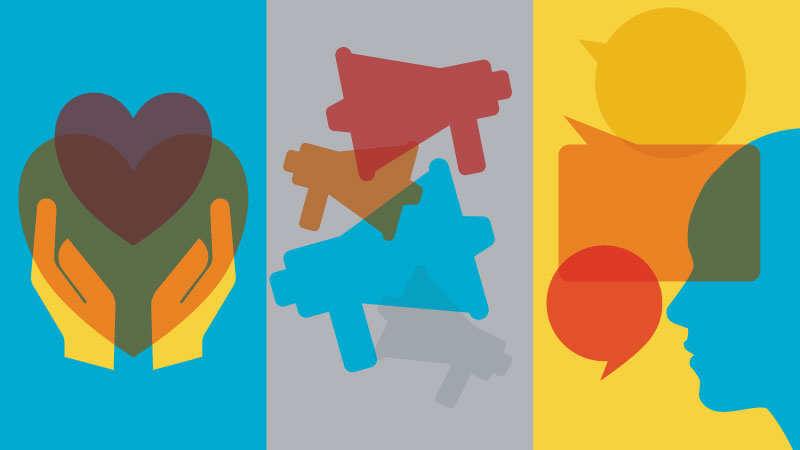By now, all the big retailers were supposed to know exactly when we stepped into their stores.
It was all about the beacons.
The small electronic devices, installed above shoe departments and cereal aisles, would detect the smartphones in our pockets.
The gadgets would talk. All opt-in, of course. And as we moved through the aisles—whether in search of K-Cups, K-Swiss, or the latest from Kanye—the beacons would do magic. We would get coupons and other personalized value in exchange for details about how we shop.
That’s how it was supposed to be after Apple’s 2013 mobile software update, which boosted the location ID technology in its devices.
Yet research last year from Boston Retail Partners found only 6 percent of retailers currently use beacons in their stores. The uptake has been slow, but it’s poised to pick up. The consultancy also found 43 percent of retailers plan to use beacons within five years.
… 43 percent of retailers plan to use beacons within the next five years.
The question is how can retailers make beacons something useful for consumers, rather than just plain creepy, says Boston Retail Partners vice president Greg Sokolowski.
“There’s a long lifespan for beacons. There’s a lot of utility there,” agrees Nikki Baird, managing partner and analyst at Retail Systems Research. “We just haven’t figure out entirely what it is yet.”
Well, I have some ideas.
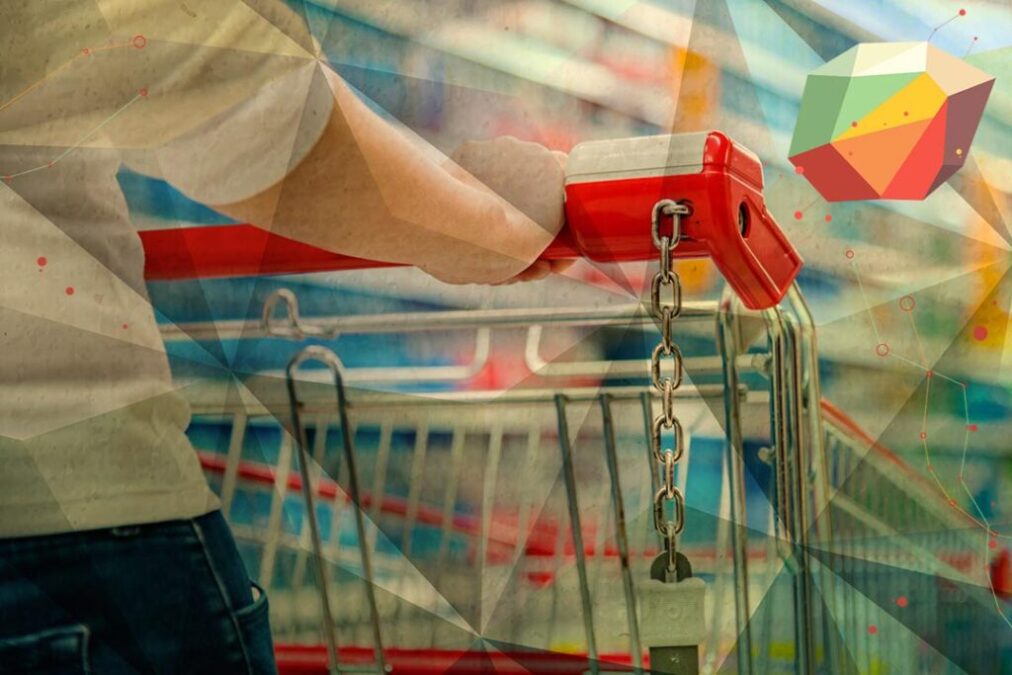
Help Me Navigate the Store
One of the handy features of Target’s mobile app is the shopping list, which tells me which aisles to visit for the items I want to buy. Head to A36 for the all-purpose cleaning spray. Shaving cream is nearby in A18.
When Target announced its beacon pilot in August, they discussed work in progress to go a step further. They want to offer “ability to dynamically re-sort your shopping list as you move through the store, like how smartphone maps re-route when you veer off course.”
Great! But I still have to zigzag through the aisles to get the products I want.
How about focusing early use of beacons on understanding natural traffic patterns through stores? With such data, Target could place top volume sellers within easy reach of the busiest paths through its stores—and help customers like me quickly get what we came for.
Save me time; help me go fast, and you’ll win my business.
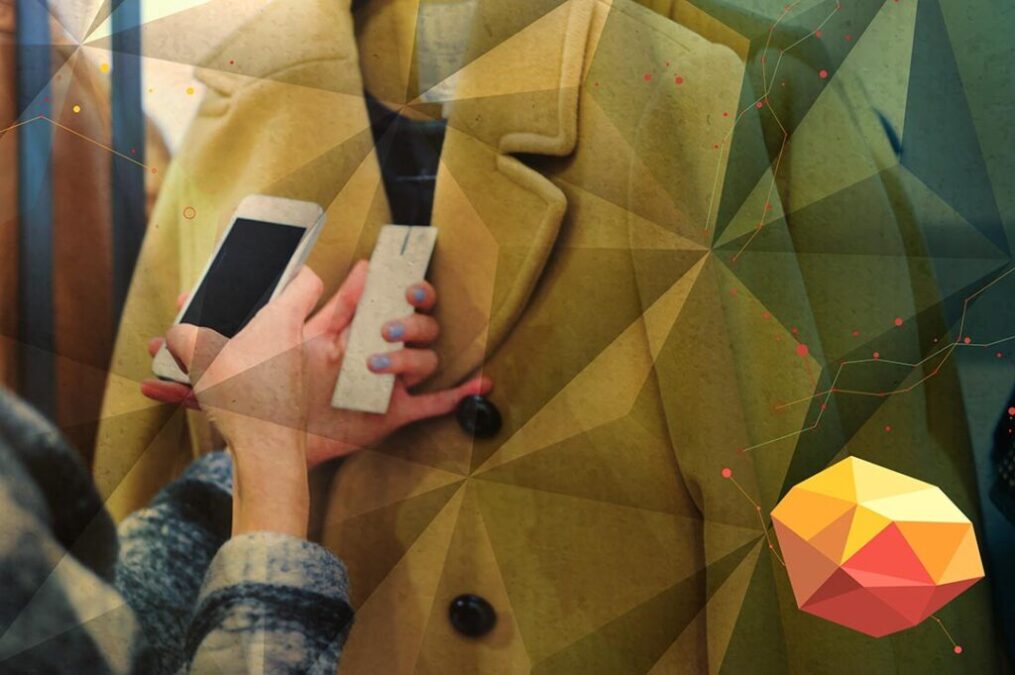
Offer me More Than Coupons
A July 2014 report from Juniper Research forecasts by 2019, the number of people who use mobile coupons will almost double (to more than 1 billion people worldwide).
And Google’s research on “micro-moments” suggests 82 percent of smartphone users check their devices when they’re about to buy items in stores.
…Google’s research on “micro-moments” suggests 82 percent of smartphone users check their device when they’re about to buy items in stores.
Couponing has been one of the first applications of beacon technology, enabling retailers to ping shoppers with discounts as they roll by targeted products on shelves. “I think retailers need to find ways to use this technology to enhance the customer experience in stores, as opposed to making it all deal based,” Sokolowski says.
I agree.
When I go online while in stores, it’s for reviews and other specs to help me decide if the product in question is the one for me—whether today or a month from now. A couple bucks off in the moment won’t motivate a sale if I have no intent or budget to buy at that moment.
Baird suggests retailers get creative in thinking about how beacons can enable them to serve as the source for those reviews and specs. Set the devices to push content when consumers are within extremely close range of products on their wish lists. “One of the biggest changes that retailers need to grasp is there’s a future where most trips that customers make to stores is not to shop,” Baird says.
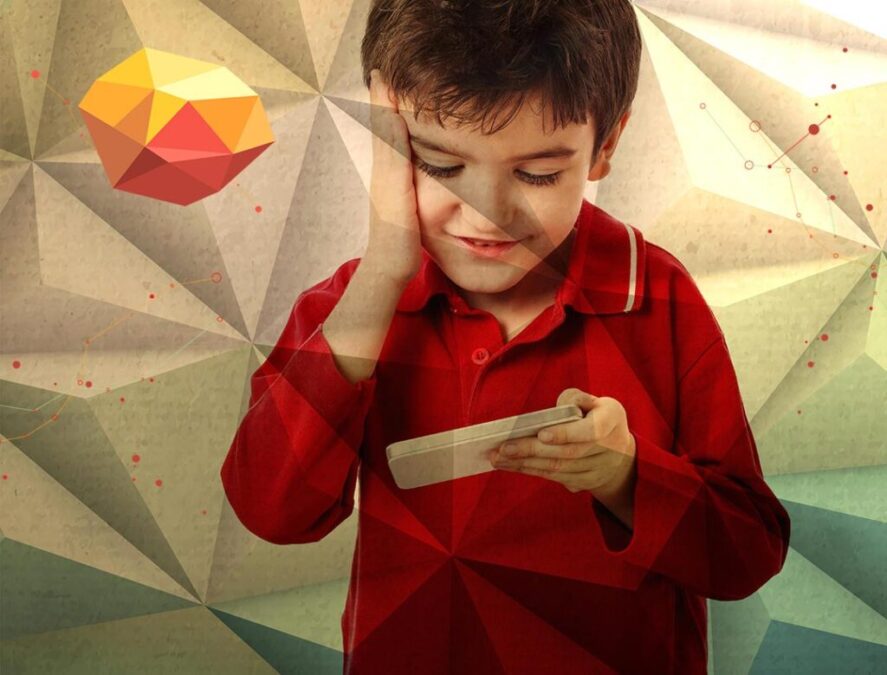
Help Keep My Kids Busy
Roughly half of parents in a Statista survey admit calling on the electronic babysitter.
Comforting, because I do it, too.
Why is this material to a conversation about beacons? Because if my kids are holding my phone when a retailer’s beacon triggers an interaction, I won’t get it.
Instead, it will interrupt the PBS Kids app or whatever else is keeping them (mercifully) entertained.
And that’s bad.
How about leveraging the beacons to entertain the kids, while I focus on filling up the basket?
Develop a math-based app that makes the visit educational. Transform the route through the store into an in-store scavenger hunt. Or offer an app that portrays the cart as the racecar we pretend it is, and let the beacons mark our progress around the virtual racetrack.
Heck: I’d even want to play that.
Mind the Quid Pro Quo
In the last decade, the health care community has rallied around the concept of a patient-centered medical home. The goal there is to coordinate care and timing of care around the patient’s needs and comfort levels.
The same fundamental idea applies here—my needs and comfort levels as a shopper.
So far, one of the main barriers to broader consumer acceptance of beacons has been peoples’ comfort with the opt-in factor.
… one of the main barriers to broader consumer acceptance of beacons has been peoples’ comfort with the opt-in factor.
Said differently: I need to understand the value I personally will unlock when the Macy’s app invites me to “enable in-store notifications and turn on Bluetooth to unlock real-time alerts for deals, special events, and more.”
“As long as there’s a well-established quid pro quo, consumers are more than willing to be tracked and give up their personal information,” Baird says.
Save me time.
Give me content that helps me make product choices.
Help silence my kids.
Use beacons to make my store visit as personalized a pair of made-to-order Levi jeans, and I’m in.
Well, with one key condition, anyway: keep the information I share between us.

